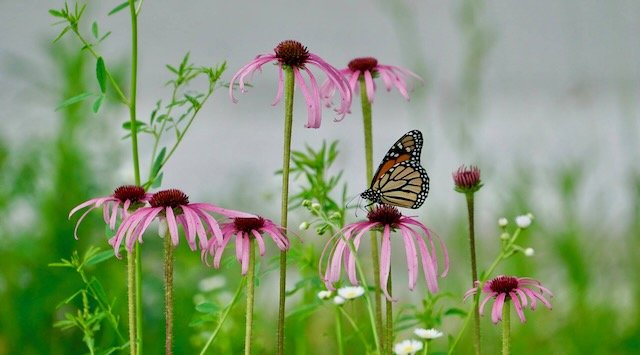If you are looking for other ideas to transform and invest in our community, visit the official Earth Day website at www.earthday.org. We invite you to explore our archived website blogs for more localized investments at www.chertglades.org. Follow us on Facebook and Instagram. Check out the Missouri Department of Conservation at www.mdc.mo.gov and find details on outdoor activities, discovering nature, and many other conservation-friendly topics. We all provide the spark needed to keep our planet earth the very best home sweet home!
Other resources:
What makes a home? A home provides shelter and comfort to safely weather all of life’s storms. We want our home to be a peaceful, playful place where friends and family feel welcome. In order to thrive, share, and better care for others, we invest in our home. As another Earth Day approaches, it is a good time to think about how we might “invest” in our one and only planet Earth, the home for all of us!
Joplin is celebrating Earth & Arbor Day on Saturday, April 22nd. (click here for event details). This year’s theme, “A New Earth,” recognizes the importance of investing in nature and the native plants that sustain us. In order to maintain healthy communities and keep them content and growing, all of us must invest the limited resources of our planet in new and potentially transformative ways.
The Missouri Master Naturalist, Chert Glades Chapter will offer several informative, creative booths at this year’s event. They are meant to suggest and inspire ideas for actions you can take. Simple choices and small investments can bring surprisingly large returns! Since we share this planet with all creatures, great and small, we need an investment we all can get behind!
Planting for pollinators, and creating more effective outdoor lighting are just two changes that are already making wiser use of resources. Do you know how and why this helps planet Earth? Come play with us and find out! We will have sample native plant ideas, tempt you to paint birds real and imagined with watercolors, craft constellation viewers, and discover citizen science projects for both kids and families.
By: Amera Wild, an active member of Missouri Master Naturalist, Chert Glades Chapter, Missouri Stream Team, Conservation Federation of Missouri, Missouri Prairie Foundation, Wildcat Glades Friends Group, Dark Sky International, The Missouri Birding Society, and the Trumpeter Swan Society














